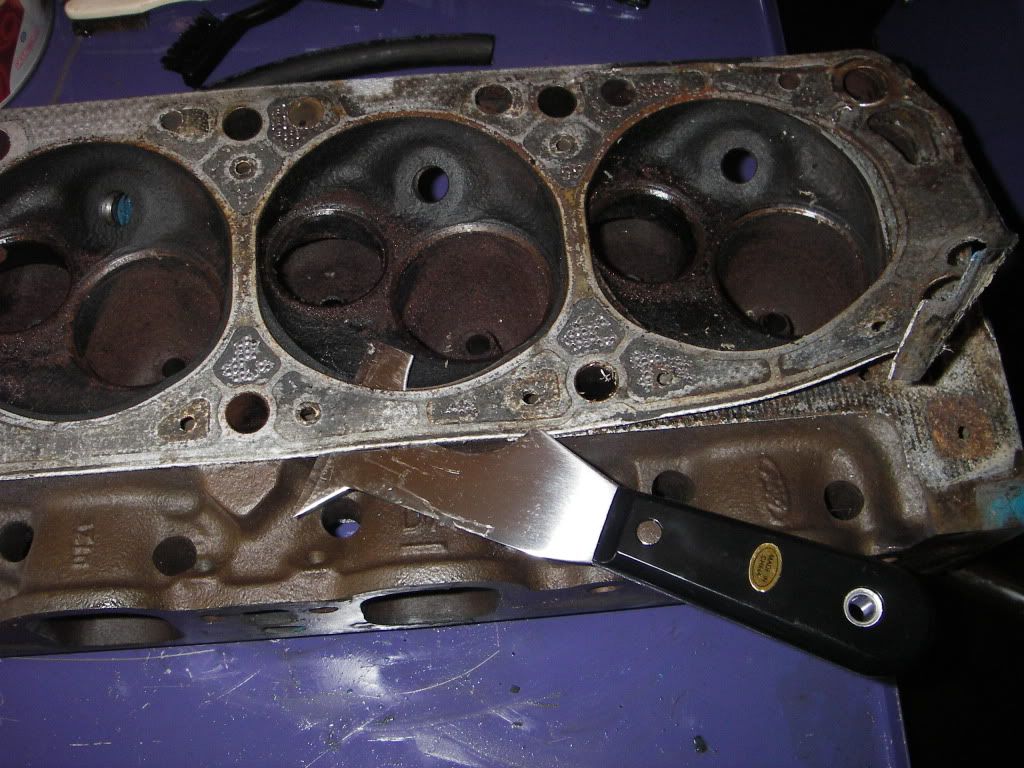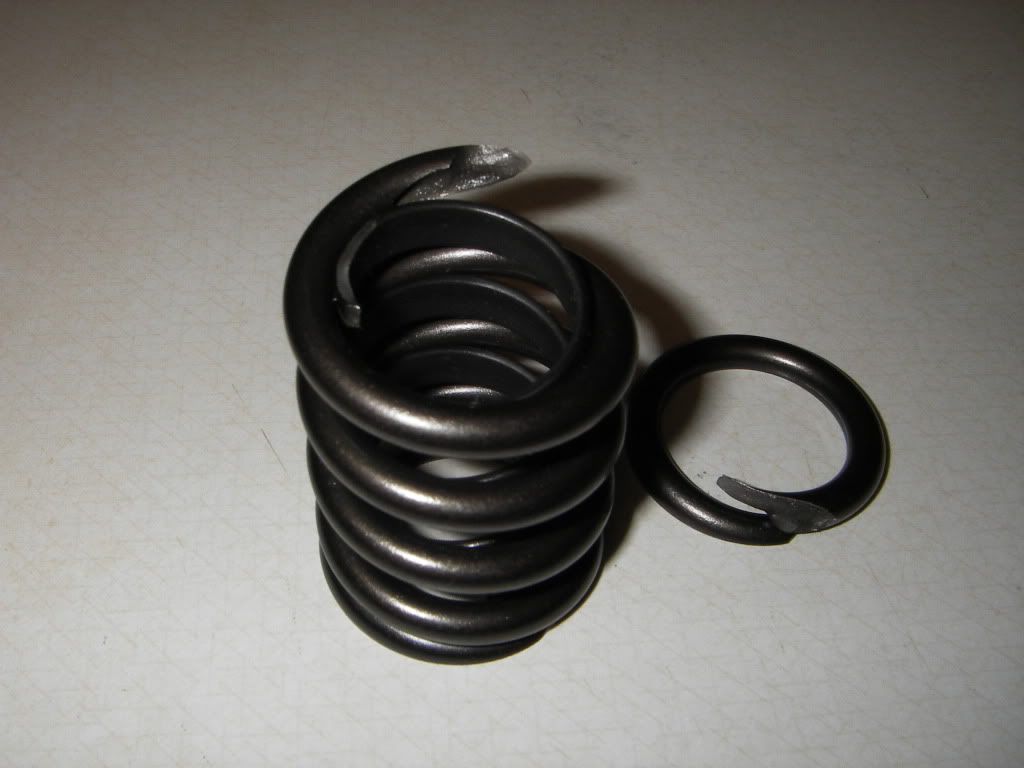Trying to resurrect my '72. Hasn't run in a LONG time. Here's what I've done.
- Removed old gas from tank
- Re-did ignition - new: plugs, points, condenser,rotor, cap and plug wires.
- engine was not moved while replacing these parts, so I am assuming ignition timing is basically the same, or very close to. what it was before and should be ok.
- replaced in-line fuel filter
- using carburetor as it was
- running fresh premium gas from a separate fuel container.
- changed oil and filter - have oil pressure
- primed temporary fuel line and turned over engine with coil wire off. Fuel visible in fuel filter. Took several turn-overs to clear air from filter.
- hooked up coil and gave it a go
- backfired a few times and then started
- running very rough, but running
- attempt to get it to settle into some level of idle, but kept slowing revs and then stalling.
- would restart, but same results, punctuated with backfires thru carb - some of fireball magnitude.
- Tried again today with same results - maybe even worse
- exhaust fumes very strong, implying to me that it is running very rich?
- don't know if I am potentially damaging engine by continuing
- my objective is to get it to idle by itself at any reasonable rpm, and let it run for a while and check for cooling system leaks, etc. Then planning on changing oil and filter again.
Kind of stymied right now. It's been a LONG time since I've done this kind of stuff, so I need all the help I can get.
Any ideas?
Thanks.
Original Post



